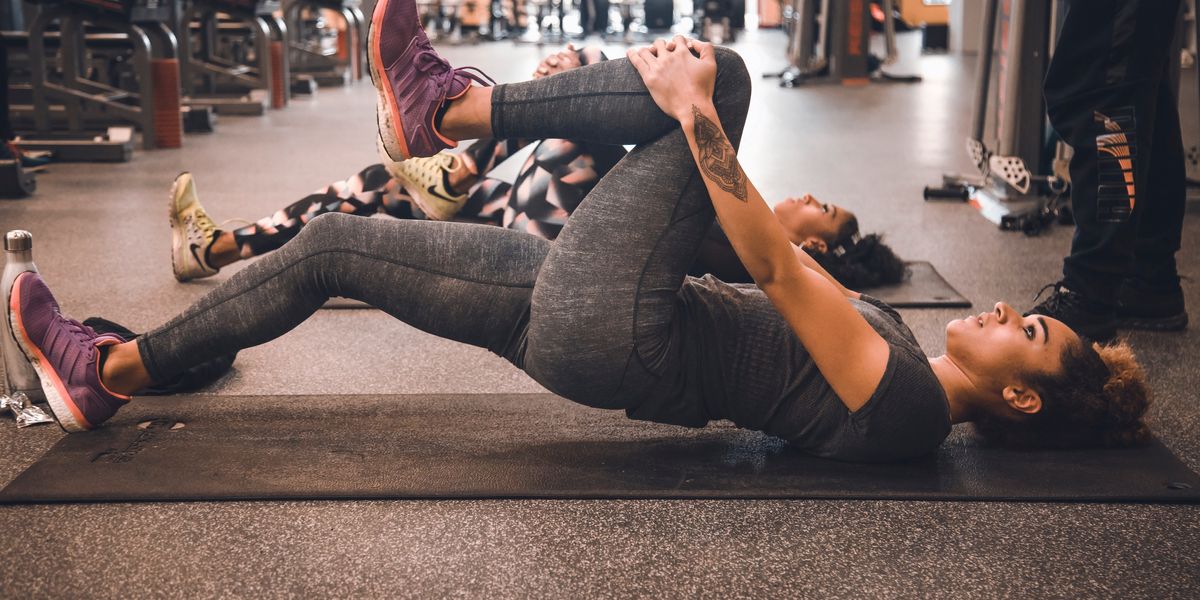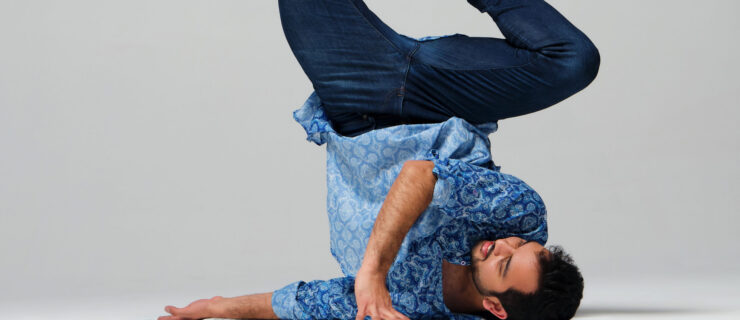5 Ways To Become More Flexible, According to Stretch Therapists
Dancers are always trying to find more flexibility in their bodies. But what’s the best way to do it?
We asked former dancers Ann and Chris Frederick, creators of Fascial Stretch Therapy, which targets connective tissue rather than isolating individual muscles. They recommend following these five principles to find the greatest range of motion within your body:
Don’t just hold one position.
 LINES dancer Courtney Henry. Photo by Quinn Wharton
LINES dancer Courtney Henry. Photo by Quinn Wharton
Move through stretches in gentle waves. Not only will motion better prepare your body for dancing than sitting in a static position would, it also opens up different angles within a stretch.
Create space in the joint first.
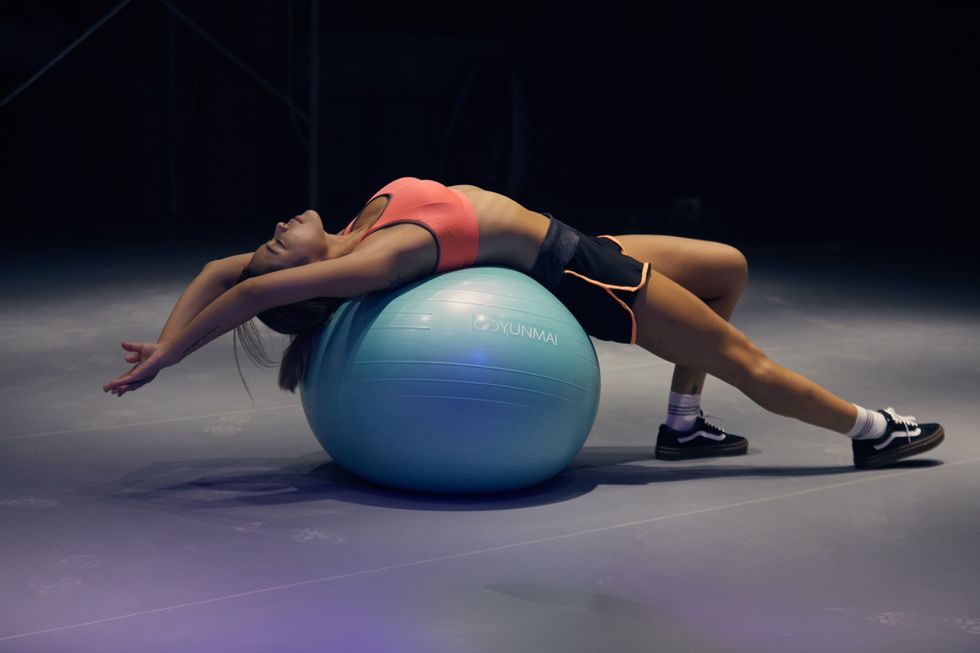 Open up the joint, then bring your limbs closer to you. Photo by Unsplash
Open up the joint, then bring your limbs closer to you. Photo by Unsplash
By gently pulling a limb away from the socket (such as the hip joint) before going into a stretch, you’ll be able to stretch further.
Stop before it’s painful.
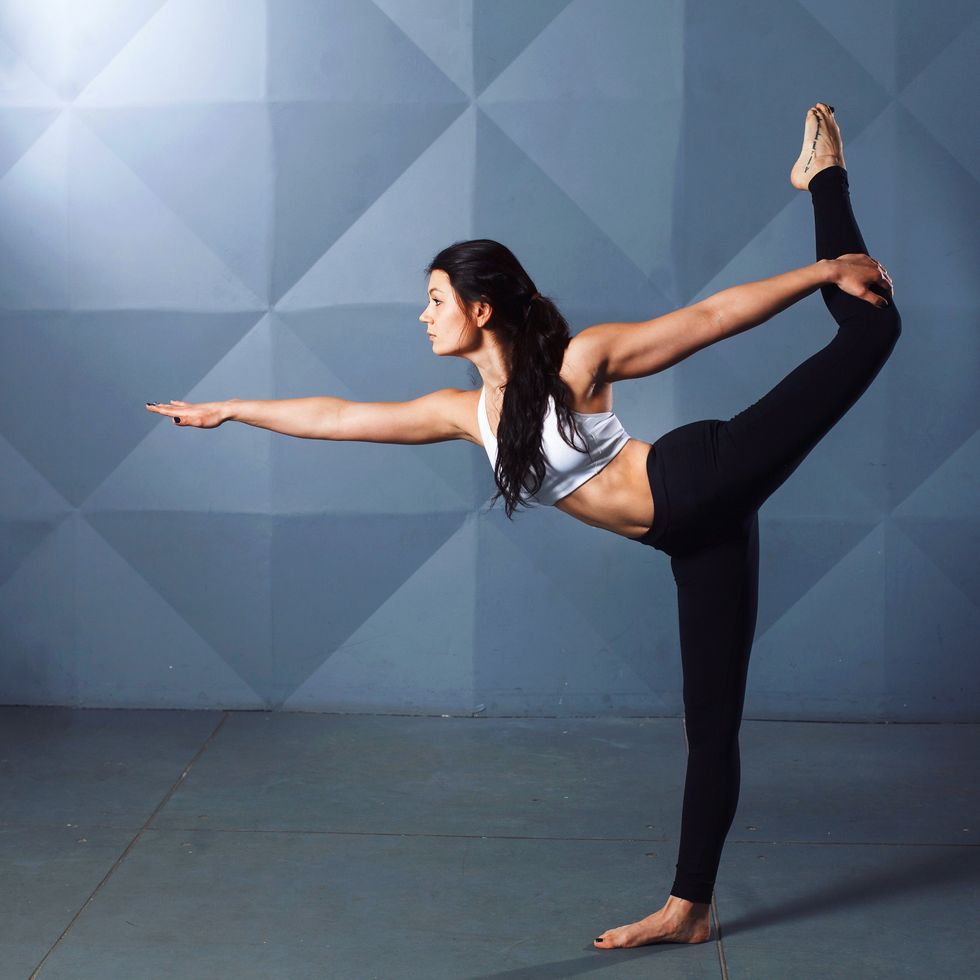 If you go too far, the brain will fight back. Photo by Emily Sea/Unsplash
If you go too far, the brain will fight back. Photo by Emily Sea/Unsplash
The brain interprets pain as a signal that something is wrong, so a painful stretch ends up being counterproductive.
Stretch with a bent knee before stretching a straight leg.
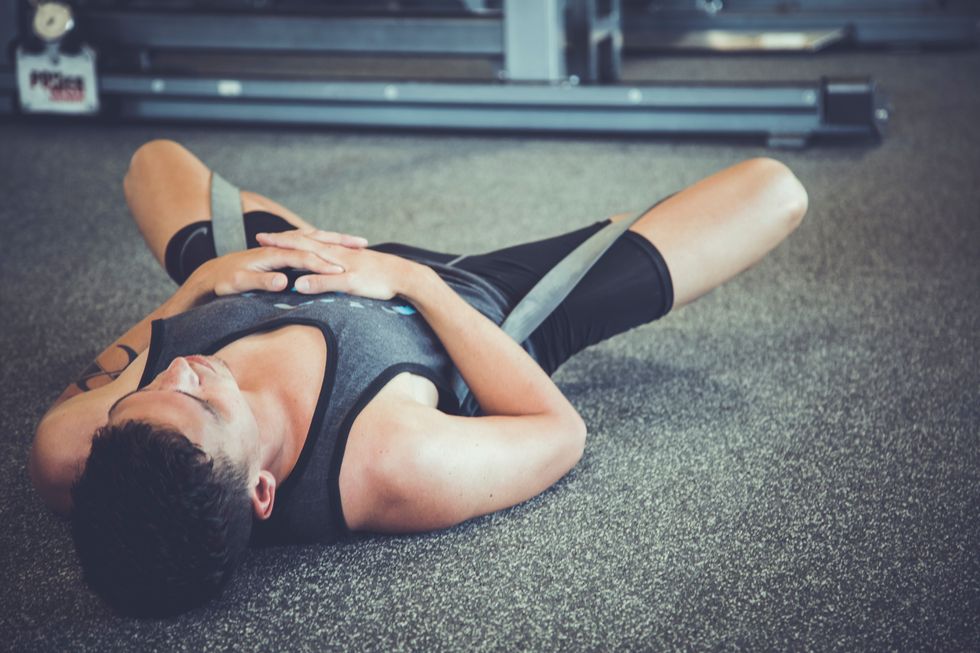 Open up the hips and glutes before the hamstrings. Photo by Justyn Warner/Unsplash
Open up the hips and glutes before the hamstrings. Photo by Justyn Warner/Unsplash
“There are 34 muscles across your hips—why would you start with the toughest hamstring muscle?” asks Chris. By stretching the smaller muscles in the hip and back first, you can increase the hamstrings’ range of motion by 20 to 50 percent.
Have someone else do it for you.
When you’re lying down relaxed, an expert can find imbalances that you might not notice yourself, then give you stretches that you can do on your own before chronic injuries appear.
You can find a fascial stretch therapist near you at stretchtowin.com/directory.
